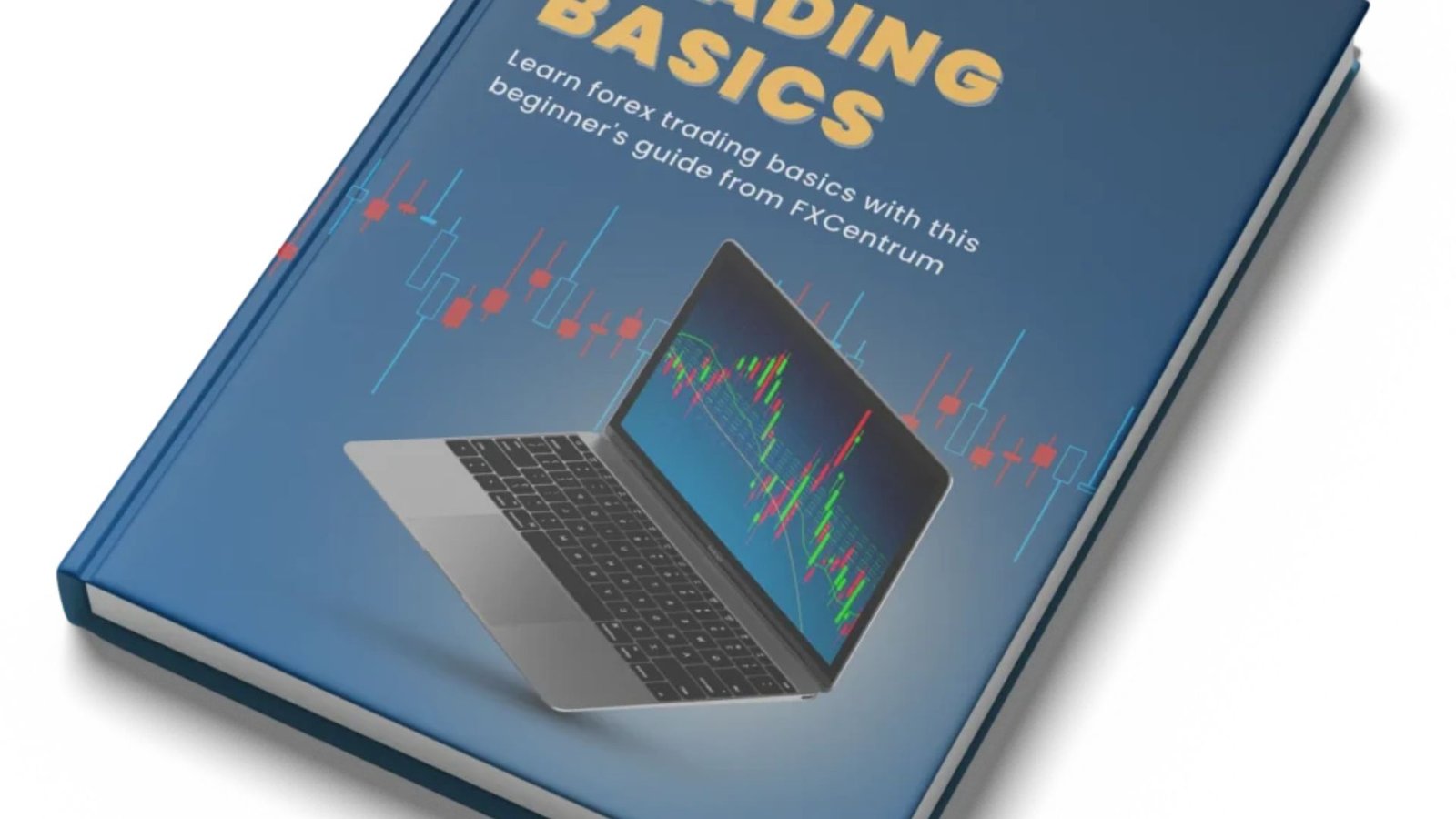|
Getting your Trinity Audio player ready...
|
Trading basics involve understanding market movements and making informed decisions about buying and selling financial assets. The financial world can be intimidating, and the term “trading” often sparks questions and a desire to understand more. This blog post simplifies the concept of trading basics by providing a foundational understanding of what trading entails and the various avenues it encompasses.

What is Trading?
Trading boils down to acquiring and then selling financial assets, such as stocks, bonds, currencies, and even raw materials. The core objective is to profit by purchasing an asset at a lower price and selling it later at a higher price. This simple principle forms the basis of various trading strategies.
Summary
In essence, trading revolves around buying financial assets like stocks, bonds, currencies, and even commodities. The core aim is to make a profit by purchasing these assets at a lower price and then selling them at a higher price later on. This fundamental idea serves as the foundation for various strategies employed in the trading world.
Types of Trading
The trading landscape offers different approaches, each catering to specific goals and risk tolerances:
Long-Term Investing
This strategy focuses on holding onto assets for an extended period, aiming to benefit from their potential long-term growth. Investors typically research companies, analyze market trends, and carefully select assets believed to appreciate over time.
Day Trading
Traders aim to profit by quickly buying and selling assets within a single day, taking advantage of fleeting price fluctuations. Day traders rely heavily on technical analysis, studying charts and market data to identify quick buying and selling opportunities.
Swing Trading
This strategy falls somewhere between long-term investing and day trading. Swing traders typically hold positions for days or weeks, aiming to profit from short-term trends and market fluctuations.
Short Selling
This advanced strategy involves borrowing an asset (usually from a broker) and immediately selling it in anticipation of a price decline. Later, the trader repurchases the asset at a lower price, returns it to the lender, and pockets the difference. Important Note: Short selling is complex and carries significant risks.
Understanding How Trading Works
Imagine a marketplace where individuals can buy and sell these financial instruments. Traditionally, this involved:
Stockbrokers
These professionals acted as intermediaries, placing buy and sell orders on behalf of their clients.
Trading floors
Busy, physical locations where brokers gathered to execute trades.
The Rise of Online Trading
Today, the internet has revolutionized trading, offering:
Online trading platforms
User-friendly interfaces allow individuals to directly access the market and trade various instruments.
Real-time market data
Traders have instant access to crucial information like stock prices, charts, and news, facilitating informed decision-making.
Lower costs
Online platforms often have lower fees compared to traditional brokers.
Advantages of Trading
Potential for Profit
Successful trades can generate financial gains if assets are bought at lower prices and sold at higher prices.
Flexibility
Trading offers the ability to choose your investment timeline and adjust your strategies based on market conditions.
Global Market Access
Online platforms allow individuals to participate in a vast financial marketplace, not just limited to their local markets.
Online vs. Offline Trading
While online trading offers convenience and accessibility, traditional methods still hold value:
Offline Trading
May be preferred by individuals seeking personalized guidance and advice from experienced brokers.
Can be beneficial for those who appreciate face-to-face interaction and the support of a dedicated professional.
Online Trading
Offers greater control over your investments and allows for independent decision-making.
Provides 24/7 access to the market, enabling you to react to opportunities as they arise.
Choosing the Right Path
The choice between online and offline trading depends on individual preferences and experience levels.
Beginners
Starting with online platforms with educational resources and demo accounts can be a good option to learn the ropes before venturing into real-time trading.
Experienced Investors
May benefit from a combination of online tools and professional guidance from a broker. For more information about trading read here.
Remember: Trading involves inherent risk
- Never invest more than you can afford to lose.
- Conduct thorough research and understand the chosen market.
- Seek guidance from qualified professionals if needed.
Disclaimer: This information is intended to provide a general understanding of trading basics and does not constitute personalized financial advice. Consulting with a qualified financial advisor is crucial before making any investment decisions.
In Conclusion
Trading can be a rewarding yet challenging endeavour. By understanding the trading basics, exploring different types, and recognizing the advantages and considerations, individuals can equip themselves with the necessary knowledge to navigate this exciting yet complex financial landscape. Remember, responsible trading requires a cautious approach, continuous learning, and a sound understanding of the financial markets

